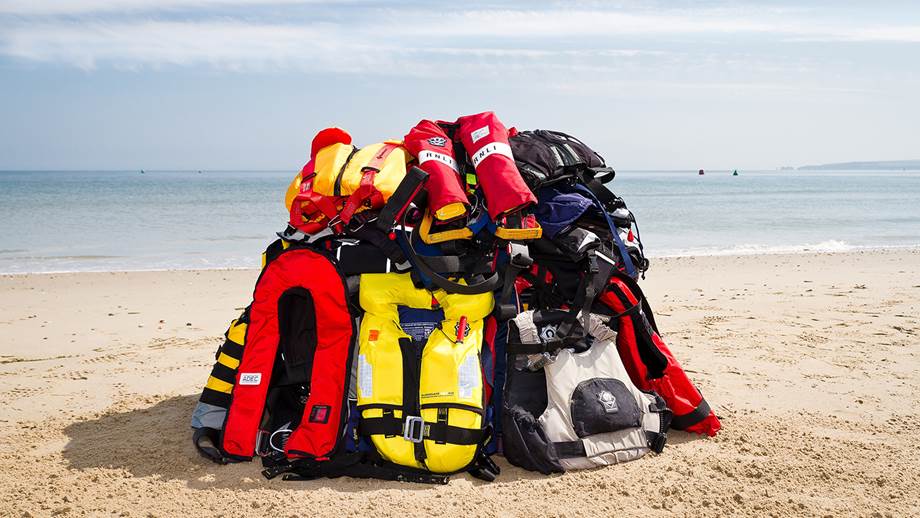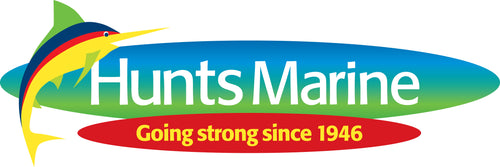
Whether you're captain or a passenger, it's absolutely vital to wear a life jacket at all times. This isn't only a legal requirement, but not wearing one puts yourself and your passengers at risk of drowning. Here, we explore what the Marine Safety Regulations say about choosing the right type of life jacket.
What are the types of life jacket?
When it comes to choosing the right life jacket for your passengers, you need to account for the sort of sailing you're doing, and where. Regardless of the type you purchase, your life jackets must be either worn by yourself and your passengers or stored in a clearly marked place with signage indicating where they are kept.
Failure to provide passengers with life jackets or not wearing one may result in penalties for those who own and operate boats.

Level 100+
For boat excursions that head to open water, Marine Safety Regulations state that a Level 100+ life jacket is required. These life jackets used to be known as "Type 1", and offer a high level of floatation. This is because they generally include a neck support that keeps the wearers face out of the water, vital if the person is unconscious.
There are two types of Level 100+ life jackets:
Inflatable
Inflatable life jackets use carbon dioxide to inflate and are incredibly buoyant. Comfortable and easy to maneuver, these life jackets are fitted with either an automated inflating system which engages when the wearer enters water, or with a manual inflation mechanism.
Non-inflatable
While the idea of a non-inflatable life jacket sounds counter-productive, these are often made from foam and offer a base level of buoyancy. They also have the added benefit of already being in a state to float without the risk of failing to inflate.
Level 100+ life jackets provide a standard of safety while you plan how to get to shore, or be rescued. However, it's key to explore your options and purchase a life jacket that will cover your bases.
Level 150
A Level 150 life jacket can withstand rough conditions, and can even turn the wearer into a safe breathing position should they become incapacitated. Those working offshore on rigs or commercial boats on the open ocean should opt for Level 275 life jackets, as it corrects the wearers position for safe breathing in rough conditions, even those wearing heavy clothing.

Level 50
Formerly known as "Type 2", Level 50 life jackets will support those in the water, however, don't have extra neck support. This means that if a person loses consciousness, they're not going to have their head kept out of the water, which can have fatal consequences. These life jackets are generally only suitable for use in rivers and lakes, where there aren't any waves to increase risk of drowning, however, are brightly coloured so wearers are easily seen should an incident occur.
Level 50S life jackets are almost identical to other Level 50 jackets, but without the need for bright colours - this is a popular style for water sports. Anyone being towed by a boat needs to wear a life jacket at Level 50 minimum.
Children under 12 are required to wear some form of life jacket at all times - minimum Level 50 in inland water or Level 100 out on the ocean.
When it comes to the world of boating, Hunts Marine are the experts. For all boat accessories, including life jackets, get in touch with our team.





